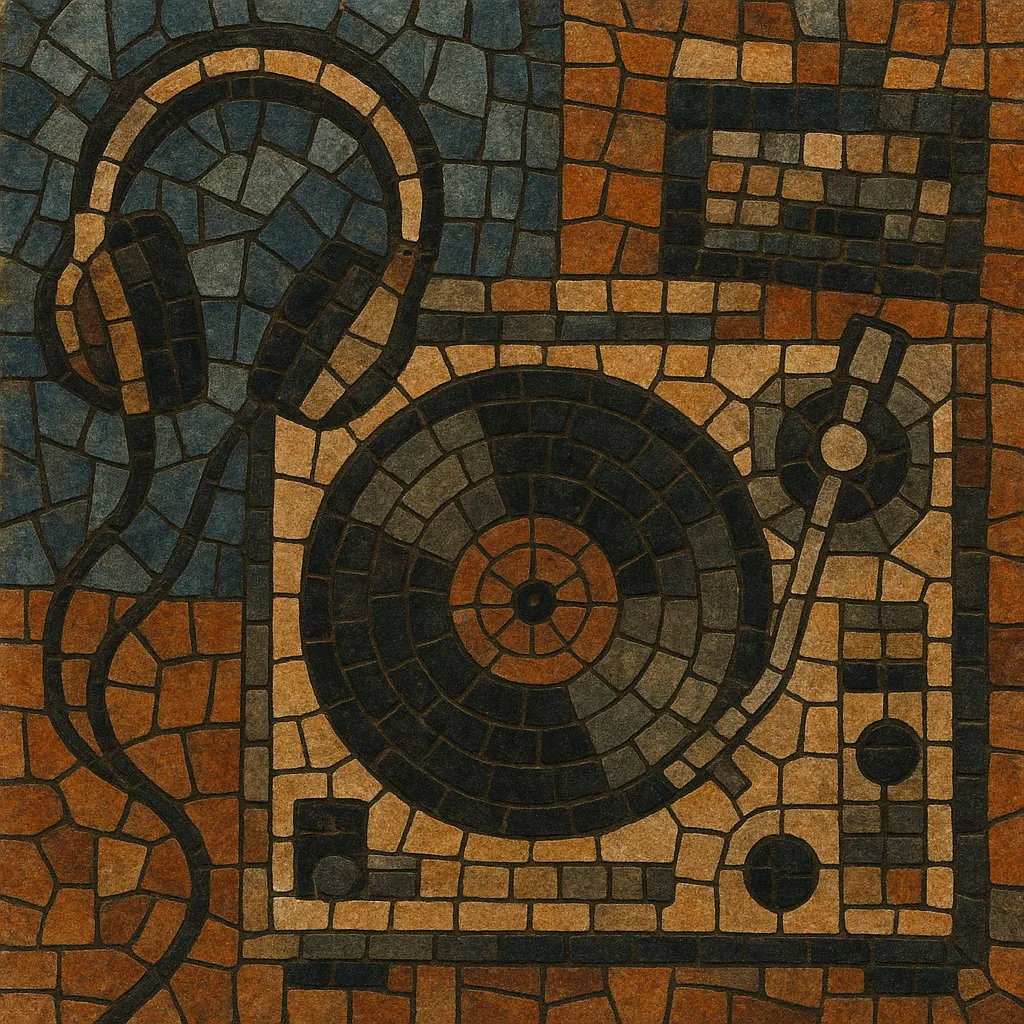
Instrumental hip hop is a producer-driven form of hip hop that foregrounds beats, textures, and sampling rather than rapping. It typically centers on loop-based drum patterns, chopped samples from soul, jazz, funk, and library records, and a head‑nodding groove designed for deep listening as much as for DJs and MCs.
The style emphasizes rhythm, timbre, and mood—swinging drums, dusty vinyl crackle, and melodic fragments treated as musical motifs. While rooted in classic boom bap aesthetics, instrumental hip hop ranges from minimal and meditative to densely collaged and psychedelic, reflecting both crate-digging traditions and studio experimentation.
Instrumental hip hop grew out of early hip hop’s emphasis on the break—DJ‑looped drum sections from funk and soul records—where the beat could stand on its own for dancers and MCs. As samplers (like the E-mu SP‑1200 and Akai MPC series) became central to production, beatmakers refined loop science, layering drums, bass, and melodic chops into self‑contained tracks that didn’t necessarily require vocals.
The 1990s crystallized instrumental hip hop as an album‑ready form. Labels and scenes on both sides of the Atlantic championed beat LPs and DJ‑centric releases. Landmark records showcased cinematic sample collages, jazz‑soaked harmonies, and gritty, swinging drums, proving that the “beat” could be the main narrative. Producers associated with boom bap and jazz rap released instrumental versions, while independent imprints curated beat compilations that framed instrumentals as finished works.
The 2000s saw the rise of the beat tape culture—producer‑led collections that circulated on CDs, forums, and later Bandcamp and SoundCloud. A vibrant club ecology coalesced around weekly beat nights and festivals, where laptop and MPC performances put producers center stage. This period broadened the palette: dusty soul chops coexisted with psychedelic textures, broken quantization, and experimental sound design.
With the growth of streaming and 24/7 “study/relax” channels, mellow, loop‑based instrumental hip hop reached a massive audience. Meanwhile, more experimental strains merged with bass music, glitch, and abstract electronics. Today the genre spans cozy, nostalgic loops and adventurous, rhythmically elastic productions, continuing the sample‑based legacy while embracing new tools and global influences.

